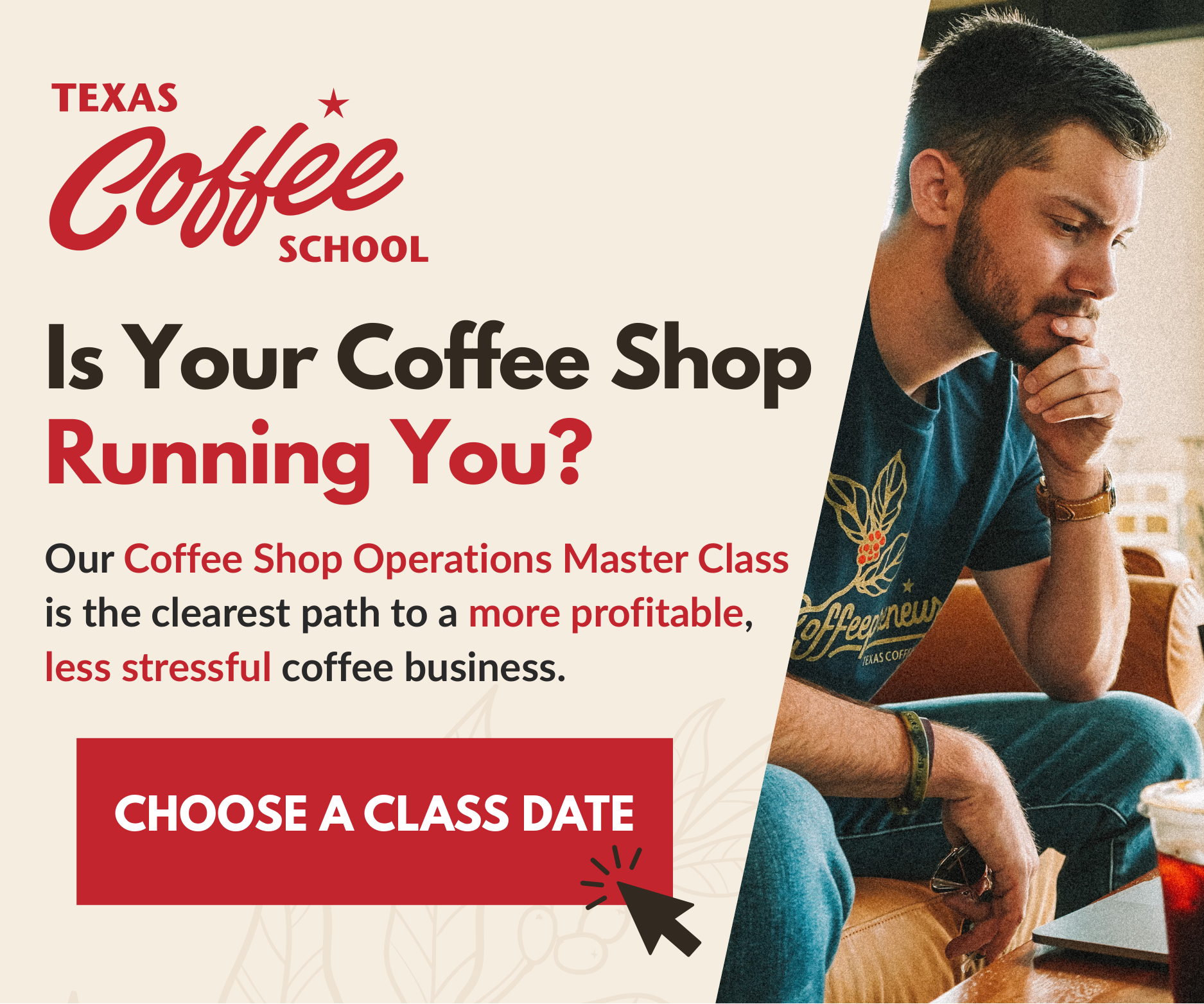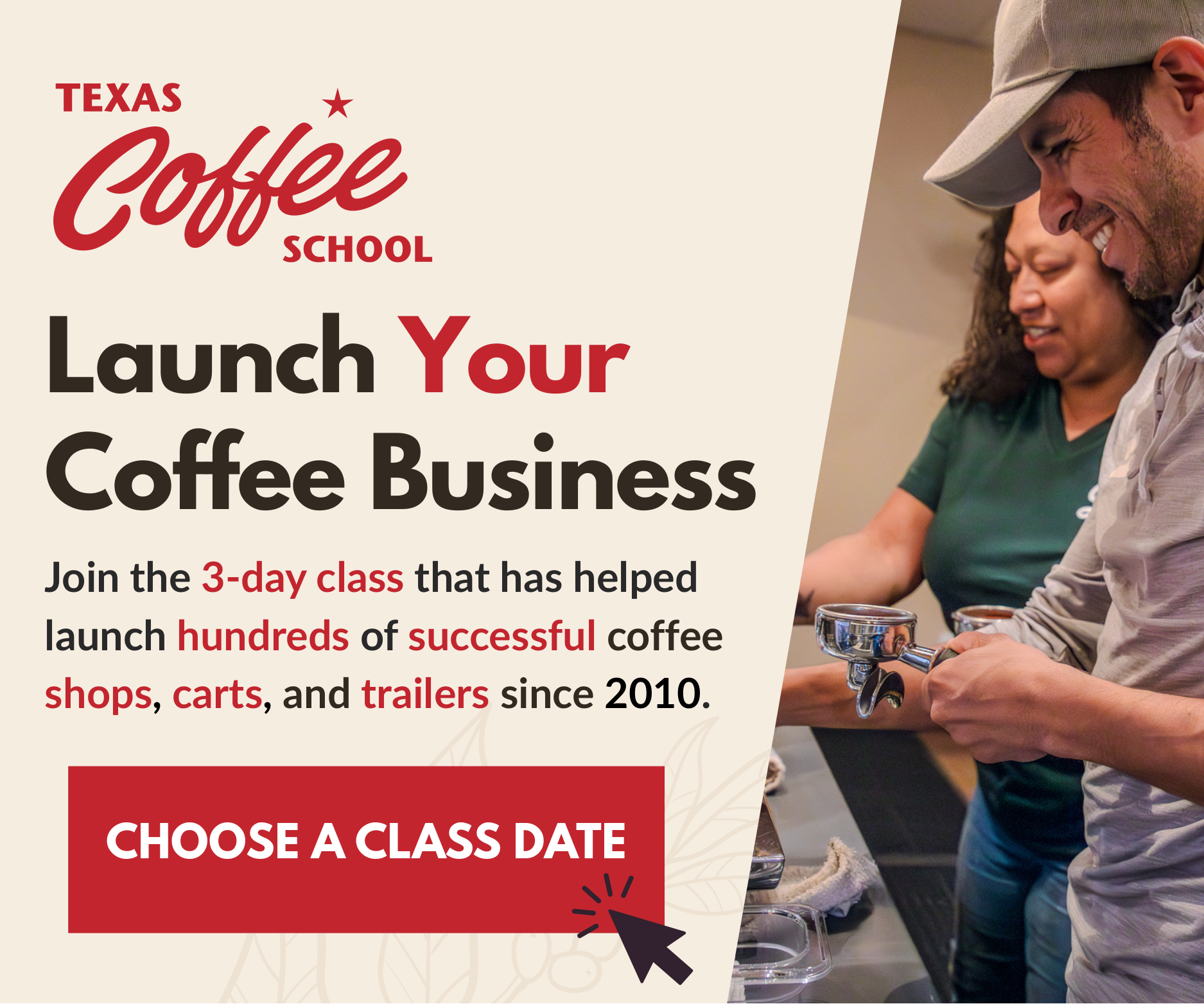[T]im Davis knew he’d been pushing the small roaster at Vernonia Coffee Roasting past its capabilities to meet his customers’ demands for single-origin coffees and signature blends. But buying a new roaster wasn’t in the budget. When the roaster broke in 2012, Davis thought it might be the end of his Oregon-based business. “We had less than two weeks of product in stock,” he recalls. “After that, I had no idea what we were going to do.”
After taking out loans to purchase a commercial grinder and packaging equipment, Davis knew he had little chance of qualifying for another business loan. Charging a new roaster to his credit card was out of the question. He considered renting time with another roaster, but the option didn’t pan out.
Determined to save his business, Davis took a modern approach to funding: He turned to the Internet.
Crowdfunding platforms like Kickstarter, Indiegogo and Foodstart allow creators to post their projects online and seek funding from backers to help bring them to life. The funds pledged through the online platforms are not donations or loans, and the funds aren’t offered in exchange for a share of the businesses. Instead, backers support projects that tug at their hearts—no strings attached.
In June 2012, Vernonia Coffee Roasters launched a campaign on Indiegogo with a goal of raising $5,000 to purchase the new roaster. Davis was shocked when backers pledged $5,810 in three weeks. “I didn’t think we had a shot at meeting our goal,” he recalls. “I was overwhelmed by the support we received; it was so humbling to see how many people wanted to see us succeed.”
[C]rowdfunding has long been the provenance of writers, filmmakers and other creative enterprises, but a growing number of small-business owners and aspiring entrepreneurs are turning to crowdfunding to support their dreams.
More than $2.7 billion in financing was raised through crowdfunding in 2012, according to the research firm Massolution. That number is expected to increase 81 percent in 2013, with backers pledging $5.1 billion in support through crowdfunding platforms worldwide.
At press time, there were 275 campaigns related to coffee on Indiegogo and 591 on Kickstarter. In Washington, D.C., La Mano Coffee Bar raised $15,250 to open a neighborhood coffee shop; Coffee Hound in Bloomington, Ill., raised $802 to send one of its baristas to the Big Central Barista Competition; and backers pledged more than $278,000 to help Bonaverde Coffee Changers build a roast-grind-brew coffee machine. “A lot of times, the projects are too small for banks to handle, and the other funding options like using a credit card, taking out a second mortgage or [borrowing against future revenues] come with a lot of risk,” says Alex Sheshunoff, president of Foodstart, a crowdfunding platform that helps food and beverage businesses raise capital. “The small-business owner gets stuck.”
[W]hile crowdfunding is a low-risk way to raise capital, there are a few rules. On sites like Foodstart and Kickstarter, projects must meet specific criteria. Foodstart only allows food and beverage projects, while Kickstarter limits its campaigns to creative projects with defined final products like a new line of coffee products or a neighborhood café. Indiegogo, on the other hand, welcomes anyone with a need to raise capital to launch a campaign and allows backers to decide whether to support a project.
Creators pay a percentage of the campaign total to the crowdfunding platform; the fees vary based on the platform. For example, Foodstart and Kickstarter charge creators 5 percent, while Indiegogo charges between 4 and 9 percent. Across all platforms, creators are also responsible for fees associated with PayPal and credit card payments, which range from 3 to 5 percent.
There are also specific criteria for accessing funds. All funds pledged through Indiegogo are paid out when the campaign ends, which means that creators receive a check whether their campaign hits 100 percent (or more) of its stated funding goal or falls far short of the target.
Kickstarter has an “all or nothing” policy that requires creators to meet or exceed their stated funding goal to receive financial support from backers. In other words, if a campaign hits 99 percent of its stated goal, all of the funds are returned to backers and the creator receives nothing.
Foodstart takes a combination approach; existing businesses can access any funds pledged regardless of whether their goal is met, while start-ups must meet their goals to receive any funding.
[T]he “all or nothing” policy on Kickstarter proved problematic for Joya Iverson. Iverson launched a crowdfunding campaign on Kickstarter in June 2013 to raise capital to open a neighborhood coffee shop and roastery in South Seattle. She set a $58,000 goal to cover renovations and equipment.
A few hours after the campaign went live, Iverson started receiving requests for media interviews, and financial support came pouring in. When the campaign ended 30 days later, 399 backers pledged $41,642 to help Iverson open Tin Umbrella Coffee.
Because the campaign failed to meet its funding goal, Kickstarter returned pledges to backers and Iverson was back at square one. “I underestimated how much time it would take to promote the campaign, and it was a lot to juggle with construction and building a business,” she says. “To get that kind of funding, managing the campaign is a full-time job.”
Iverson dipped into her retirement savings, but the cost of opening a café exceeded her 401(k) funds and she decided to give crowdfunding another shot in August 2013. This time, she posted her campaign on Indiegogo. In two weeks, she managed to exceed her $18,500 goal and raised $29,525 to open Tin Umbrella Coffee. “I think one of the reasons that backers wanted to support the project is because I was connecting people to my dream,” she says. “They really wanted to be part of making it happen.”
The opportunity to connect with prospective customers was one of the reasons Natalia Rodriguez used crowdfunding to help create a line of instant coffee cubes made from vegan, non-GMO ingredients.
Before she invested in product development, Rodriguez wanted to know whether the freeze-dried coffee cubes, which she discovered while visiting family in Colombia, would catch on in the United States. Rodriguez and her partner, Allen Gomberg, launched a Kickstarter campaign to raise $15,000 in startup funds to launch Jiva Cubes. Their 2012 campaign was unsuccessful, which Rodriguez attributes to an inferior video and uninspiring rewards (incentives that are offered to backers in exchange for their support).
Undeterred, the Miami entrepreneur launched a second campaign on Kickstarter one month later with an upgraded video and incentives. She also lowered her goal to $1,000.
Rodriguez promoted the campaign on social media, posted regular updates, and responded to comments and questions. It worked: Within 30 days, 690 backers pledged $21,173 to the campaign. In exchange for their contributions, Rodriguez shipped samples to backers and asked for their feedback. “It was an amazing experience to have a one-on-one interaction with our customers,” she explains. “Their feedback taught us a lot and helped us make changes to make the product better.”
Convinced there was a market for their product, Rodriguez and Gomberg tweaked the formulation of the coffee cubes, added new flavors and modified the packaging—all based on the feedback from their Kickstarter backers—and began manufacturing Jiva Cubes.
In 2013, Rodriguez went back to Kickstarter to raise funds for a packaging machine. A total of 2,768 backers helped Jiva Cubes beat its $15,000 goal by 547 percent, contributing a whopping $82,012 to the campaign. “We wouldn’t be in business without Kickstarter,” she says. “It’s been an amazing experience.”
[C]rowdfunding is a viable option for small-business owners looking to raise capital to pursue their passion. But there is more to running a successful campaign than posting a plea on a site like Kickstarter or Indiegogo and waiting for backers to pledge their support. It’s essential to treat a crowdfunding campaign like a small business, creating compelling materials, marketing to prospective backers and following through on incentives. The extra effort can provide a significant return on investment in the form of financial backing to pursue those caffeine-fueled dreams.

















